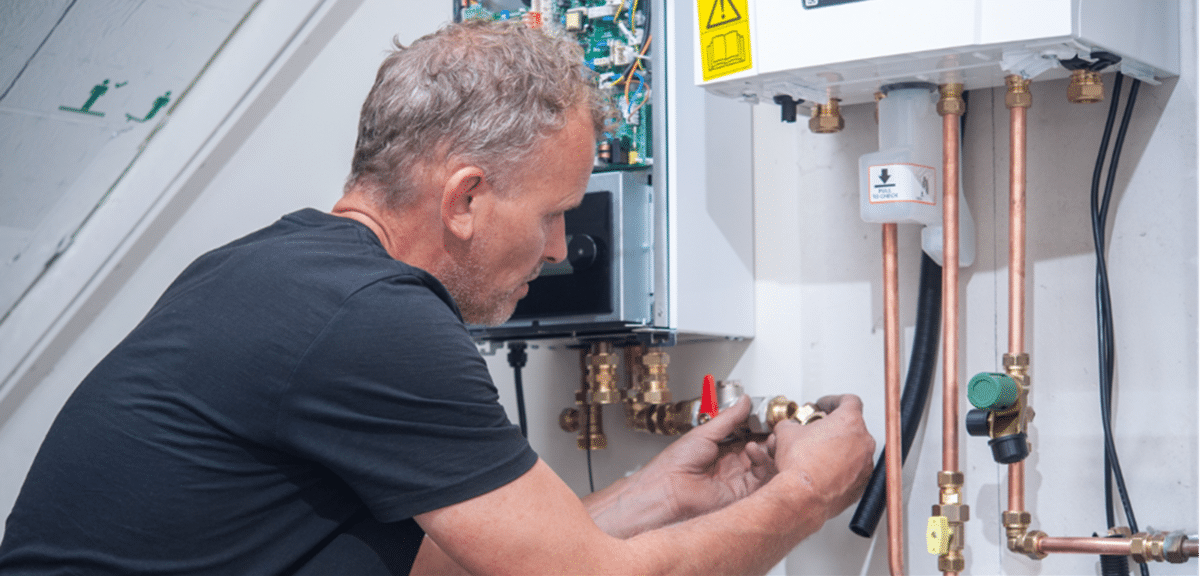Netbeheer Nederland, the Dutch association of national-regional electricity and gas network operators, has formed an alliance with Techniek Nederland, the national association of electric installers, and environmental association Natuur & Milieu to develop a plan to install at least 100,000 hybrid heat pumps in homes and buildings every year from 2024.
The HR-Hybrid Coalition has urged the Dutch government to allocate €600 million for the plan, which envisages the deployment of up to 2 million hybrid heat pumps before 2030, which would generate CO2 savings of up to 2.6 megatons. The organizations described the plan in a joint statement as a “substantial contribution to the objectives of the Climate Agreement and the stricter CO2 requirements of 55% of the European Union.”
The funds for the incentive program should be allocated on an annual basis in the amount of €120 million until 2026 and the money would be initially used for demonstrators, product innovation and monitoring the performance of hybrid systems. After 2026, no more subsidies would be required, as innovation and lower product and installation costs should drive down hybrid heat pump costs. “In every district, work can already be done on making it more sustainable to prepare for a completely natural gas-free heating supply,” said Dick Weiffenbach, director of Netbeheer Nederland.
The organizations explained that each year more than 400,000 natural gas boilers are replaced, and that new high-efficiency boilers should be combined with hybrid heat pumps where possible. Hybrid heat pumps are said to be relatively easy to install and to save homeowners up to 70% on natural gas consumption for heating.
The coalition wants to focus on residential areas that will not become free of natural gas for the time being and areas where municipalities opt for hybrid heat pumps as a sustainable heat supply for the coming years. “At a later stage, these homes can still be made natural gas-free,” stated Doekle Terpstra, president of Techniek Nederland. “But until then, let's limit CO2 emissions as much as possible. Then the homeowner or tenant will also benefit from a lower energy bill.”
The Netherlands continues to be one of the would's most creative countries in terms of innovative ways to integrate solar power, as network constraints are growing with the deployment of new PV capacity. In March, the country’s largest utility, Liander, said that it would test a new solution developed by Amsterdam-based startup Recoy to manage the growing amount of solar power going through its grid at peak times during sunny hours. They will use demand from big electric boilers that convert electricity into heat in the form of steam and hot water.
In January, Dutch transmission system operator Tennet, which also serves Germany, said it was planning to create flexible electricity demand and reduce grid congestion by promoting the use of smarter heating systems and heat pumps that can also be powered by solar and wind energy. According to its experts, intelligent control of heat pumps may result in the creation of between 0.5 and 1 GW of temporary grid flexibility by 2030.
This content is protected by copyright and may not be reused. If you want to cooperate with us and would like to reuse some of our content, please contact: editors@pv-magazine.com.




Thanks.